In case you somehow haven’t heard yet, SPF is the formal measurement of how much UV protection a sunscreen can offer you.
Well, that’s at least in theory what you’re getting.
Did you know that there’s actually a certain amount you need to put on to get that SPF? Otherwise, you aren’t nearly getting the protection that’s stated on the bottle. And it’s probably more than you think…
The method scientists use to get the SPF number on the bottle
First, let’s talk about how SPF measurement works, which should help clarify why applying enough of it is key.
Before every sunscreen goes on the market, volunteer participants are sat under a high-intensity UV lamp, like a super concentrated tanning bed, and the sunscreen in question is applied to a portion of their body. Then, both their naked skin and their sunscreened skin is monitored closely.
The time it takes for them to burn naturally vs. with the sunscreen is recorded.
This gives us a rough idea of how much UVB light is being let through the sunscreen’s protective net and onto the skin.
If it takes 30x longer for the protected skin to burn, then it’s being exposed to somewhere around 1/30th of the UVB light that the naked skin is. This means the sunscreen formula they’re testing provides a protection of a factor of 30. A person will be able to stay out 30 times longer wearing this sunscreen than they would normally. This sunscreen is given an SPF rating of 30.
A higher number like 50 means the fraction of light being let through is less (only 1/50th) and you will last longer in the sun without a burn. A lower number like SPF 15 only extends burn time by a factor of 15, meaning 1/15th of UV light is blocked by the formula.
The important part of this test is its ability to compare sunscreens. As an SPF is dependent upon each individual’s natural skin tone, it is only useful to give consumers an indication of which sunscreens are comparitively stronger or weaker than others.
This is, of course, affected greatly by the amount of sunscreen they apply during the test. A heaping glob of sunscreen will obviously work a lot better than just a tiny smear, as there needs to be plenty of light-reflecting or absorbing particles on each little patch of skin to do their job.
How much SPF you should be applying
To get the amount of protection it says on the bottle, we need to apply as much as the scientists did when they tested it. It’s logical that less sunscreen = less protection.
The industry standard for SPF measurements is 2.0 mg on every cm2 of skin (that’s ~0.0655 oz/1 ft2 for the non-metric readers). That means every time a sunscreen is tested, this amount is carefully measured out so as to ensure consistency between tests and brands. It’s the perfect sweet spot where you’re getting nice, even coverage, so it’s what we should aim for when hoping to achieve the protection we’re promised on the sunscreen bottle.
I get it. ‘2.0 mg/cm2’ doesn’t mean much to the everyday person. We don’t weigh our sunscreen out with tiny scales and measure our skin with tiny rulers. But with some simple maths we can make this number easier to remember and go by.
The average adult face is ~557.4 cm2 in size. That means to get 2mg on every centimetre of our face, we’d need 1115 milligrams (557.4 x 2), better put as 1.15 grams. That’s about a quarter of a teaspoon for just the face. Surprisingly large! Now think about how much you’d need to use on your arms and legs! It’s estimated to be around a teaspoon for each each arm and each leg. If you wanted to cover every inch of your body, you’d need 7 teaspoons of sunscreen!
Without this amount, not only might we miss spots, but there simply won’t be enough chemical or physical blockers to effectively protect our skin from the sun, and we’ll be more at risk of accidentally shifting or sweating off the product, potentially leading to serious photodamage and skin cancer.
John Su wrote a great post illustrating exactly how much he sunscreen he needs for his own unique facial measurements. If you’re interested in the maths, check it out!
The implications of having to use a lot of sunscreen
The problems begin when people rely on moisturiser or especially foundation as their sole SPF protection. Not only is it unlikely that they’re evenly covering all of their face, but I’m almost certain that nobody uses anywhere near that amount of foundation! You then won’t be getting the SPF on the bottle. I think additional SPF in makeup is great as an extra precaution or for touch ups during the day. But you should always use a dedicated sunscreen first and apply it generously to exposed areas.
Remember to apply your 1/4 teaspoon of high SPF this morning!
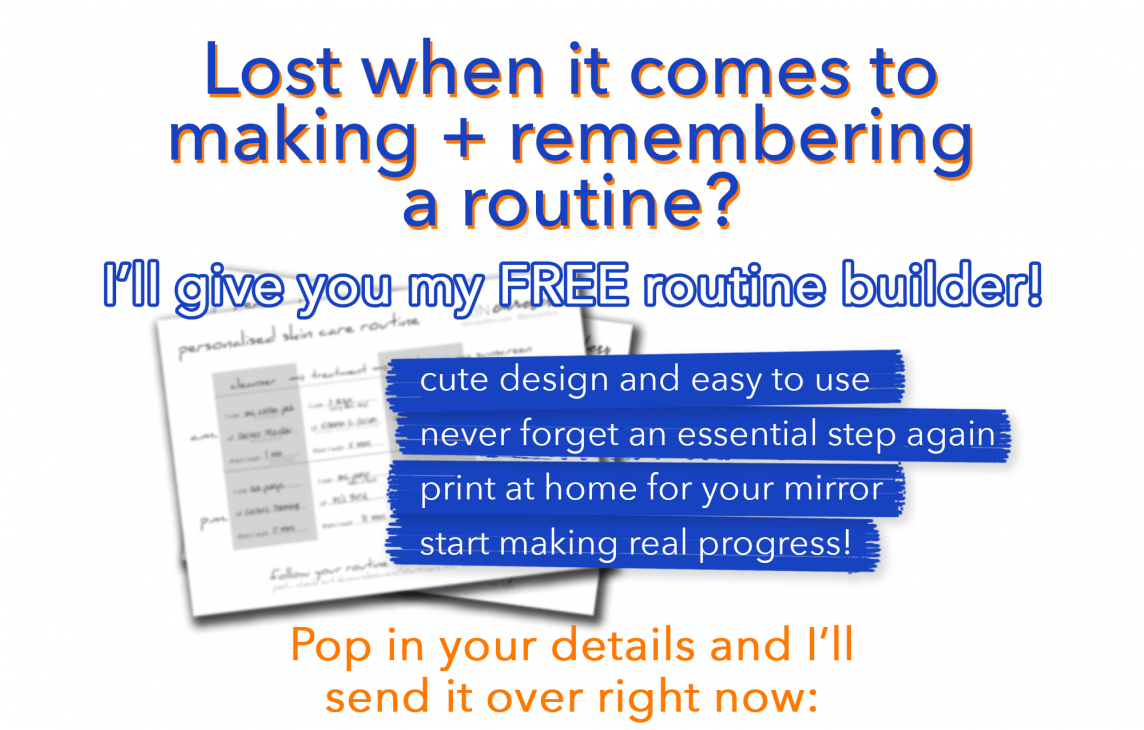

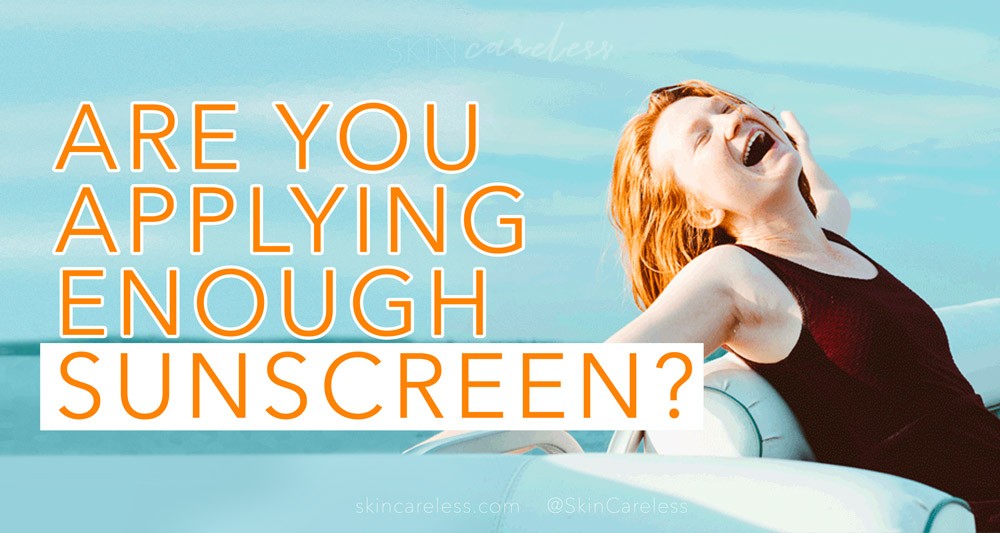

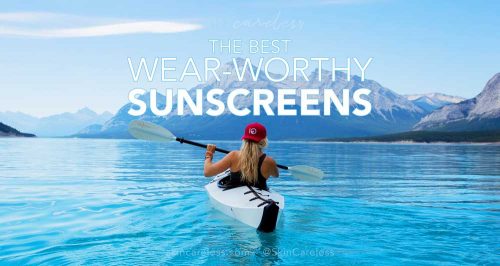
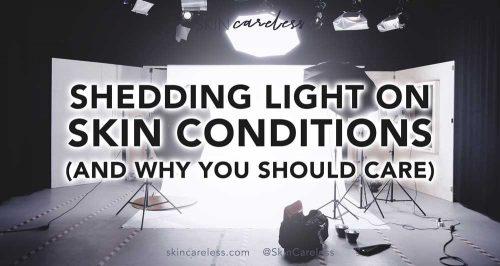
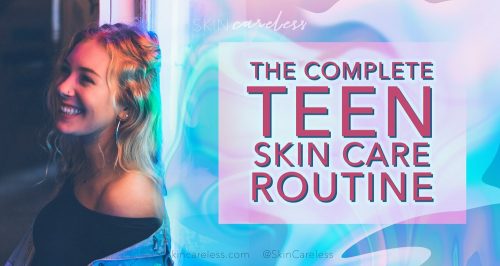
This is such an informative post, thank you for sharing it! Sunscreen is the most under used skincare in my opinion 🙂
Thank you! I try my best to teach everyone something new as often as I can. I love my sunscreen, haha! I seriously think it fixes almost anything, at least in my head anyway :’)
Thank you so much for this post! I’ve been trying to research this topic but haven’t been able to come up with a lot of results regarding info on it.
Just a quick question: How about sun lotion? Is it different from foundation with SPF regarding the amount? How much do I need to apply sun lotion to get the desired coverage? I don’t trust anything anymore if even the SPF on a make up product isn’t actually what it’s supposed to be after applying it! 😀
Hi Joanna! So glad you loved the post.
You should be using a quarter of a teaspoon of sunscreen on your face to get complete protection! All SPFs are measured the same across makeup and sunscreen etc. so whatever product you choose, that’s how much you need to get coverage! Obviously, that’s way too much foundation for normal wear, so go for a sun lotion before makeup and apply the 1/4 teaspoon!
[…] Reapply sunscreen. Only two hours of direct exposure degrades the ingredients in sunscreen, so as the sun comes out and you spend more time outside it needs to be reapplied throughout the day. […]
[…] you’ve read any of my posts about hats, tanning, how much daily face sunscreen to use, what SPF number it should be, or why it can’t be homemade sunscreen, then you might […]